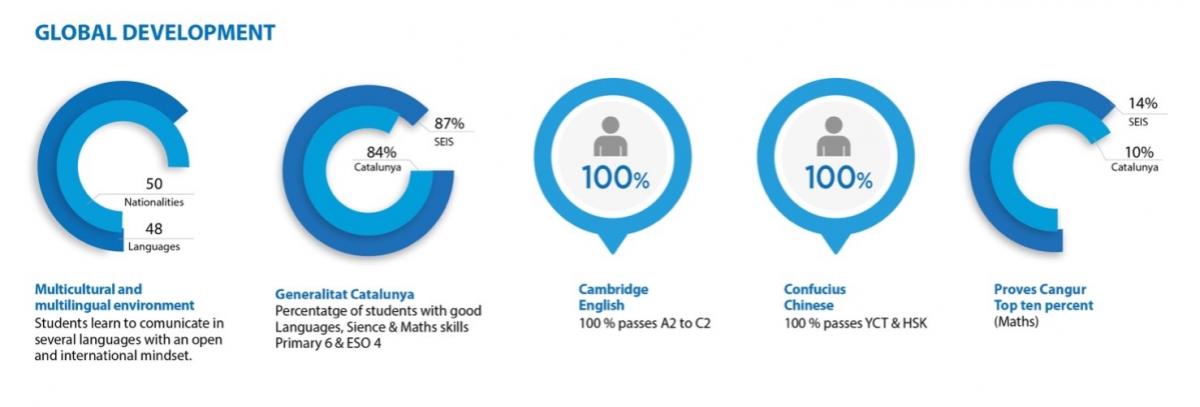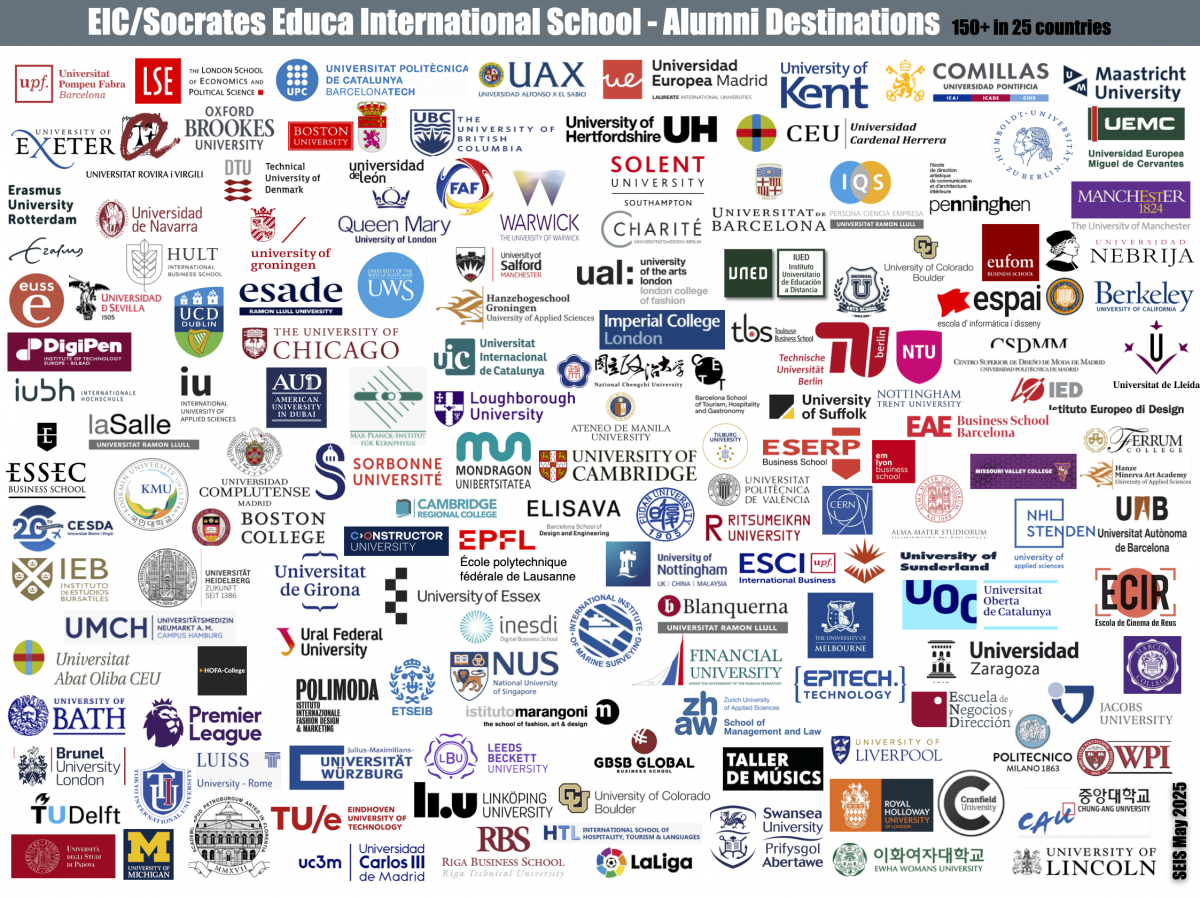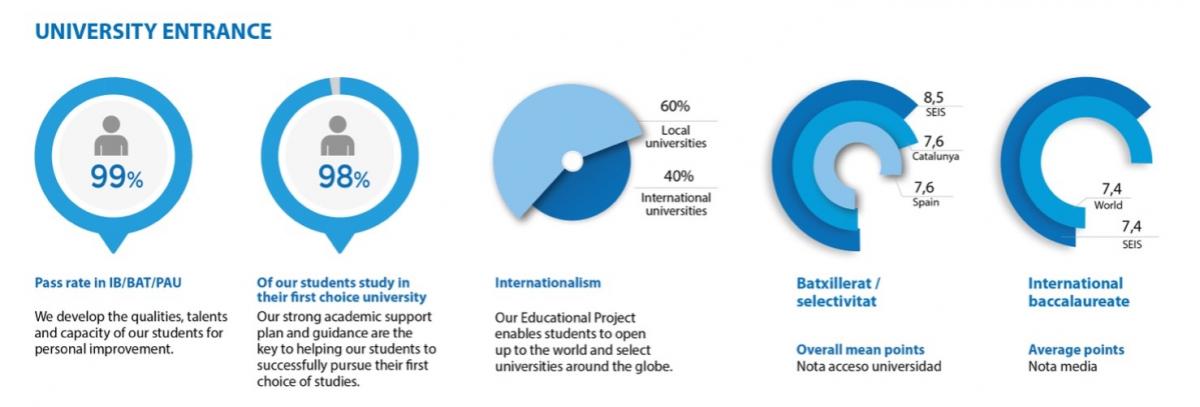
Assessment & Success
Results & Achievement: the many dimensions of success
We are a school where academic excellence meets the celebration of diverse achievements and on this page we focus on the theme of "Results," including spotlight on grades as one of the many indicators of success within our dynamic learning community. We recognise the hard work, dedication, and accomplishments of our students in and beyond numeric representation. Across the life of the school, and in our social media you will also discover of perseverance, creativity, and collaboration which contribute to the inclusive definition of success in SEIS.
At school, we also evaluate the competency level of our students and their ability to progress through teaching guidance, but also their ability to learn autonomously, take initiative and responsibility. We use various indicators and evidence such as internal assessments, Basic Skills Tests, university entrance exams, International Baccalaureate, US Dual Diploma, competitions, participation in debates in the school's languages, oral presentations and defending their projects, multilingualism, their enrolment in universities worldwide, their ability to make ambitious decisions in thinking about their future...
Throughout the course, we will discuss these results, how our students learn, and their competence in linguistic, mathematical, and scientific areas. We will consider how they can think critically, creatively, and scientifically, communicate, examine, and debate their ideas in multilingual environments. We will discuss their ability to learn and apply their knowledge in diverse contexts, their level of satisfaction, the satisfaction of families and teachers, their personal and social values, their ability to relate to and influence multicultural environments, their flexibility, social commitment, solidarity, and care for sustainability.
The success of our students has many different aspects, and we measure these in different ways:
1. Our students achieve good academic results.
2. They achieve grades enabling them to choose the university or course they want.
3. They speak 4 and more languages.
4. They live and promote the Socrates Educa values.
5. They develop life skills which enable them to be happy and fulfilled adults and citizens.
6. Our students can turn ideas into reality.
7. They will find the future career which suits them.
8. Our students are happy.
9. They understand different cultures and ways of thinking.
10. They can face difficulties and overcome challenges.
As a school our task is to make continuous analysis of this information, feeding it back into our teaching, organisation and planning for improvement, and is supported by our Professional Development for teachers.
Remember that Socrates Educa education is inclusive – we do not select students by ability: every child is different. Success is related to individuals, their potential and ambition, and academic success takes a different shape for all of our students – of course, we have whole school objectives and we are ambitious as educators and as an organisation.


Results, Trends and Comparisons
Statistics: We look at and analyse statistics every term and every year
Trends: We also consider the trends to see how we are developing, if we are making progress, and how we can improve.
Comparisons: We always compare with national and international education systems, and to challenge ourselves to be with the best.
But before we look at the data, remember this: We are very pleased with the nature of our school community which is very complex. Many students speak 4, 5 or 6 languages, and are studying in a language which they do not use at home, often in a system which is different to theirs, so the culture and expectations can be highly diverse.
By default, passing successfully through our education process, coming out well equipped with a bag full of tools (Socrates Educa - skills) to face the next steps, is already a measure of success, and our alumni confirm this.
As an inclusive school, we have extremes of ability and potential, as well as very different talents, all under one roof.
So here you see some of our headlines: behind the headlines there is always a news story, and not every piece of news reaches the headlines. We are convinced, and the evidence tells us, that we are adding value in many different ways to the education of our children.
